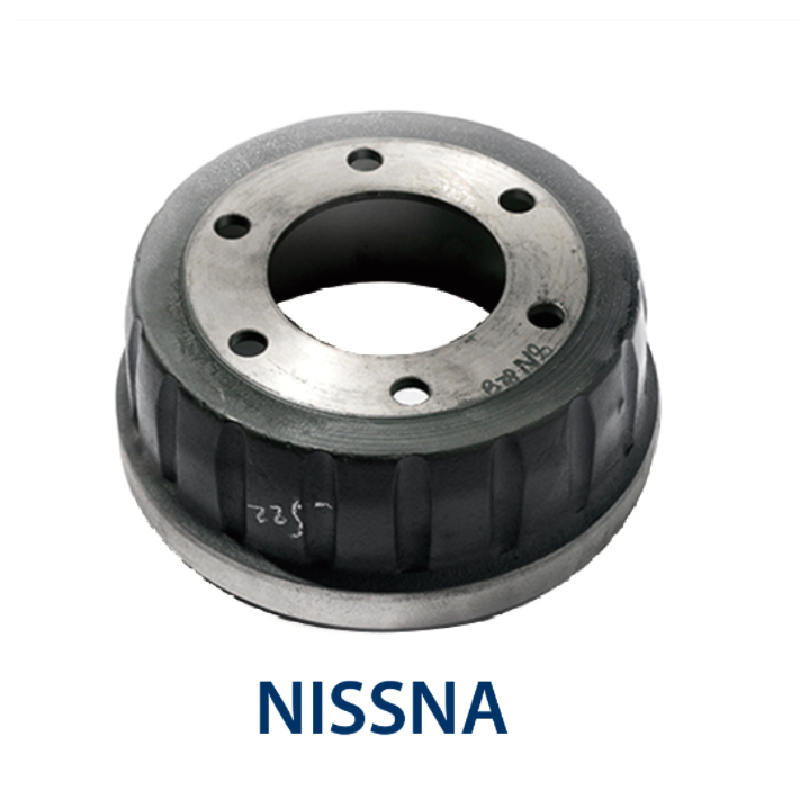Sep . 19, 2024 19:19 Back to list
16.5x5 brake drum
Understanding the 16.5x5 Brake Drum A Crucial Component for Vehicle Safety
The brake drum is an essential part of a vehicle's braking system, particularly in heavy-duty applications such as trucks and buses. One popular size for these components is the 16.5x5 inch brake drum. Understanding its specifications, functionality, and maintenance is crucial for ensuring safety on the road.
The designation 16.5x5 refers to the dimensions of the brake drum, specifically its diameter and width. The 16.5-inch diameter is standard in many heavy-duty vehicles, while the 5-inch width provides the necessary surface area for effective braking. Brake drums work in conjunction with brake shoes; when the driver applies the brakes, the shoes expand against the inner surface of the drum, generating friction and slowing the vehicle.
16.5x5 brake drum

One of the notable features of the 16.5x5 brake drum is its durability, often made from cast iron, which can withstand significant heat and wear. This material choice is crucial, as the braking process generates a substantial amount of heat. If the drum overheats, it can lead to brake fade, reducing braking efficiency and potentially causing dangerous situations. Therefore, regular inspection and maintenance of the brake drum are essential.
Proper maintenance of the brake drum involves checking for signs of wear, warping, or cracking. Over time, the inner surface can become scored due to friction, which can compromise braking performance. Mechanisms should monitor the wear indicators, and if the measurement approaches the minimum thickness, it’s vital to replace the drum to ensure safe operation. Additionally, keeping the brake system clean and free of contaminants will enhance the longevity of both the brake drum and shoes.
In summary, the 16.5x5 brake drum plays a crucial role in the braking system of heavy-duty vehicles. Its careful design and construction are aimed at maximizing performance and ensuring safety. Regular inspections and maintenance practices are critical for vehicle operators and fleet managers to prevent brake-related accidents. By staying proactive with maintenance, drivers can ensure their vehicles operate safely and effectively, maintaining the integrity of both the brake system and the vehicle as a whole.
-
Scania Brake Drums: OEM Quality for Optimal Safety & Durability
NewsAug.16,2025
-
R.V.I: Advanced Remote Visual Inspection for Precision
NewsAug.15,2025
-
Discover HYUNDA: Innovative Vehicles, Equipment & Solutions
NewsAug.14,2025
-
R.V.I: Unlock Advanced Insights & Real-time Performance
NewsAug.13,2025
-
Kamaz Brake Drum: Durable & Reliable for Heavy Duty Trucks
NewsAug.12,2025
-
Heavy Duty Iveco Brake Drum - Premium Quality & Safety
NewsAug.11,2025
